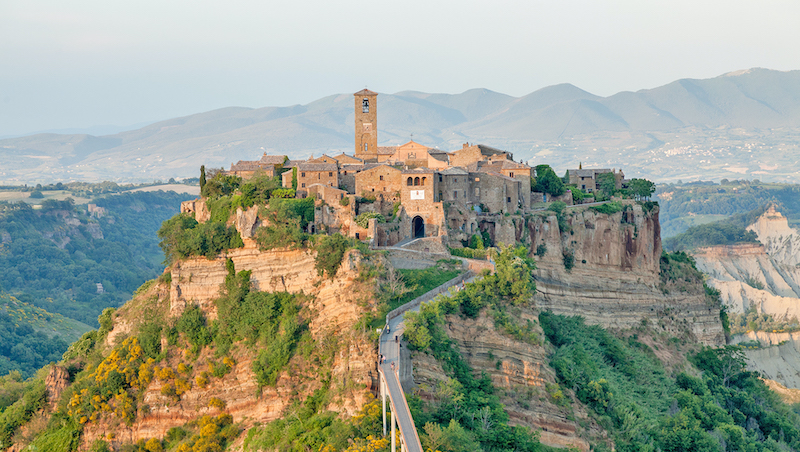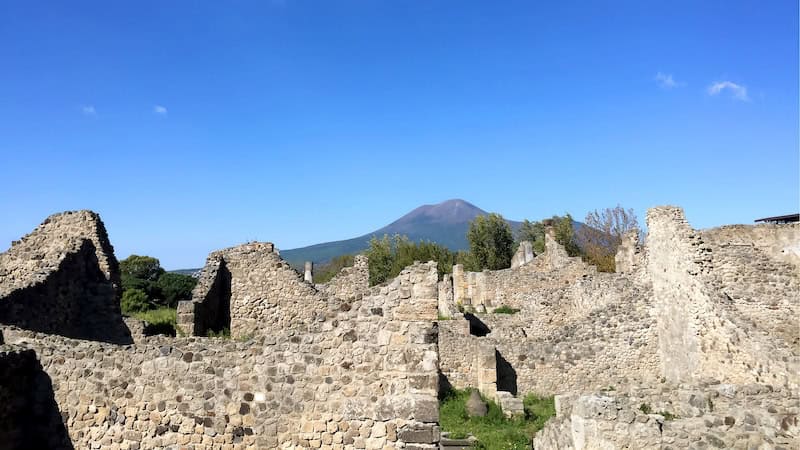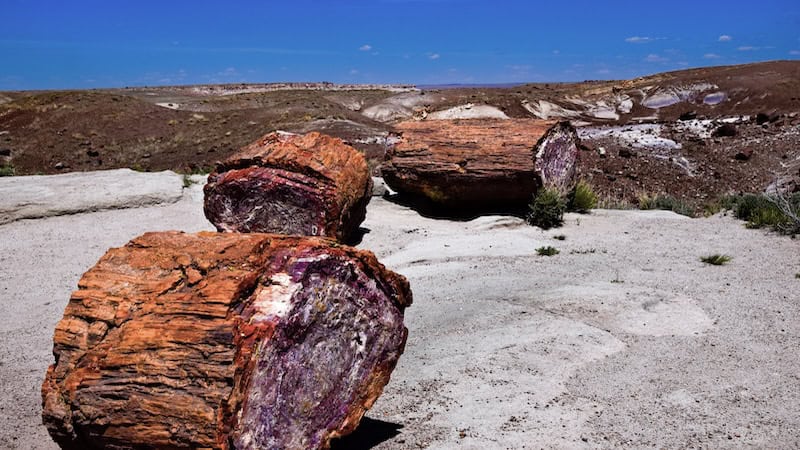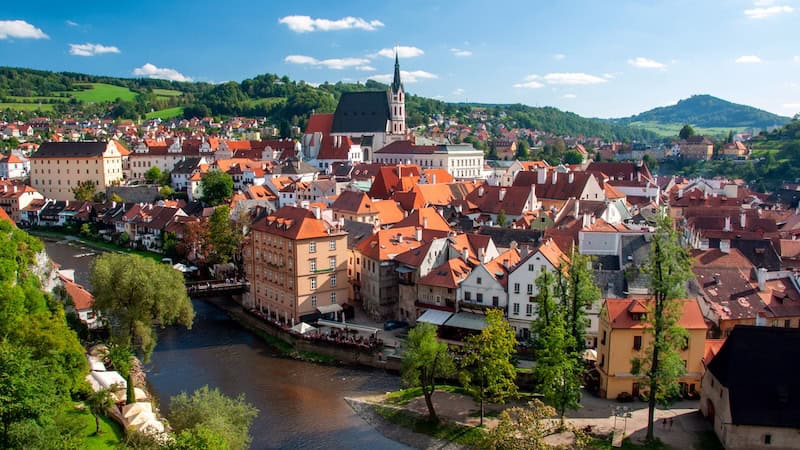What Remains of Civita di Bagnoregio, Italy’s Dead Town
Mourning the changes but celebrating the present

In Rick Steves’ Europe, the travel writer takes us to see what remains of Civita di Bagnoregio, where residents died or moved away, to be replaced by memories and tidbits of life.
As we’ve had to postpone our travels because of the pandemic, I believe a weekly dose of travel dreaming can be good medicine. Here’s one of my favorite European memories from Italy – a reminder of the fun that awaits us at the other end of this crisis.
Of all the Italian hill towns, Civita di Bagnoregio was my favorite. But then it died. During 30 years of visits, I watched it wither. Its young people left, lured away by the dazzle of the city. Its elderly grew frail and moved into apartments in nearby Bagnoregio. Today, Civita (dubbed “La citta che muore” – “the dying town”) is being bought up by rich, big-city Italians for their country escapes. And, just like I had a lemonade stand when I was little, their kids sell bruschetta to a steady stream of gawking tourists.
As I enjoy the picture-perfect panorama of Civita from across the canyon, I get nostalgic, recalling this precious chip of Italy when it was a traffic-free community with a grow-it-in-the-valley economy.
A fateful setting
Civita teeters atop a pinnacle in a vast canyon ruled by wind and erosion. The saddle that once connected Civita to its bigger and busier sister town, Bagnoregio, eroded away, replaced by only a narrow bridge. On my early visits, a man with a donkey ferried the town’s goods up and down this umbilical cord connecting Civita with the rest of Italy. His son inherited the responsibility, doing the same thing, using a Vespa rather than a donkey.
Entering the town through a cut in the rock made by Etruscans 2,500 years ago and heading under a 12th-century Romanesque arch, I feel like I’m walking into history on the smooth, hubcap-sized cobblestones under my feet. This was once the main Etruscan road leading to the Tiber Valley and Rome, just 60 miles to the south, which feel a world away. Those searching for arcade tourism won’t find it here: There are no lists of attractions, orientation tours, or museum hours.
The charms of Civita are subtle. It’s just a lovingly crafted stone shell, a corpse of a town. Yet it’s also an artist’s dream. Each lane and footpath hold a surprise. The warm stone walls glow, and each stairway is dessert to a sketchpad or camera. Walking down a dead-end lane, I come to a surprise viewpoint – and realize the street used to continue until that chunk of this hill town crumbled into the valley floor far below.
The basic grid street plan of the ancient town survives – but its centerpiece, a holy place of worship, rotated with the cultures: first an Etruscan temple, then a Roman temple, and today a church. The round tops of ancient pillars that stand like bar stools in the square once decorated the pre-Christian temple.
The sanctity of what remains of Civita di Bagnoregio
I step into the humble church, the heartbeat and pride of the village for centuries. This was where festivals and processions started. Sitting for a cool, quiet moment in a pew, I see faded paintings by students of famous artists, relics of hometown boy Saint Bonaventure, and a dried floral decoration spread across the floor.
Just around the corner from the church, on the main street, is Bruschette con Prodotti Locali, Rossana and Antonio’s cool and friendly wine cellar. I pull up a stump and let them serve me panini, bruschetta, fresh white wine, and a cake called ciambella. After eating, I ask to see the cellar with its traditional winemaking gear and provisions for rolling huge kegs up the stairs. Grabbing the stick, I tap on the kegs … thimp, thimp, thomp … to measure their fullness.
The ground below Civita is honeycombed with ancient cellars like this one (for keeping wine at the same temperature all year) and cisterns (for collecting rainwater, since there was no well in town). Many of these date from Etruscan times.
Behind the church, at L’Antico Frantoio Bruschetteria, an olive press – the latest in a 2,000-year line of olive presses – fills an ancient Etruscan cave. Brothers Sandro and Felice sell bruschetta to visitors. Bread is toasted on an open fire, drizzled with the finest oil, rubbed with garlic, and topped with chopped tomatoes. These edible souvenirs stay on my breath for hours and in my memory forever.
As I walk back to my car to re-enter the modern world, I stop under a lamp on the donkey path and just listen. I listen to the canyon … distant voices … animals on humble farms … fortissimo crickets … the same sounds villagers heard here when their town was still alive.
Photo caption, above: Civita, perched on a pinnacle. CREDIT: Dominic Arizona Bonuccelli, Rick Steves’ Europe.

Explore more of Rick Steves’ Europe in Boomer
© 2020 RICK STEVES
As an Amazon Associate, Boomer Magazine earns from qualifying purchases of linked books and other products.



